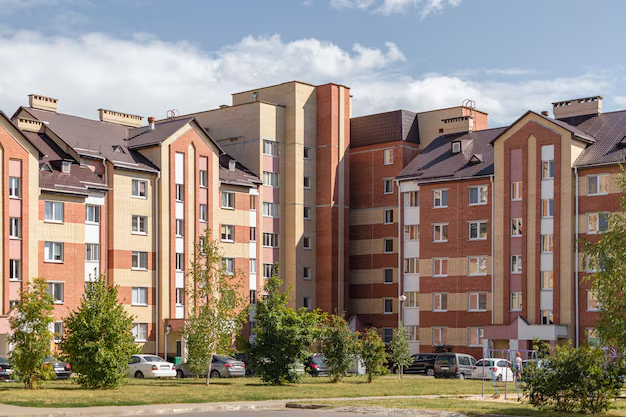Affordable Townhome Living: What You Need to Know
Finding affordable housing can be a daunting task, especially for low-income families striving for stability. Affordable townhomes can serve as a viable solution, offering a blend of community living and personal space, usually at a reduced cost. These homes are not only economical but often built with community resources in mind to support those in need.
Understanding Affordable Townhomes
Affordable townhomes are typically developed under government-sponsored programs or public-private partnerships aiming to provide housing options that accommodate limited budgets. They’re designed to offer comfort, security, and a sense of community, often featuring amenities such as communal areas and proximity to essential services.
These townhomes allow families to enjoy the benefits of homeownership while maintaining their financial balance. Many of these properties are available at reduced rents or through buying programs where costs align with family incomes.
Programs Supporting Low-Income Townhomes
Several programs are available for families seeking affordable townhomes. Key among them is the HUD-sponsored initiatives like Section 8 and the Low-Income Housing Tax Credit (LIHTC). These programs offer subsidies to help keep housing costs viable.
- Section 8 Housing Choice Vouchers: These can be used to lease privately-owned homes, including townhomes, and are aimed at reducing the tenant's cost burden.
- LIHTC: Developers are incentivized with tax credits to create affordable housing, which then translates to below-market rent options for qualifying residents.
Financial Strategies for Accessing Low-Income Townhomes
Securing affordable townhomes may require additional financial planning. Here are some strategies that can help:
1. Budget Management: Maintaining a detailed budget helps ensure that housing costs remain manageable. Allocating funds wisely for rent or mortgage payments will enable stability and security.
2. Financial Assistance Programs: Beyond housing-specific programs, other financial resources include:
- Temporary Assistance for Needy Families (TANF)
- Supplemental Nutrition Assistance Program (SNAP) These programs can offset living expenses, freeing up funds for housing.
3. Credit Solutions: Improving or maintaining a good credit score can have a significant impact on the affordability of housing. Credit counseling services can help navigate and enhance credit profiles to open up more housing options.
Tools for Transitioning to Affordable Townhomes
Transitioning into or sustaining life in an affordable townhome isn’t just about finding the right property. Here are some supplementary tools you can use:
1. Debt Relief Programs: If debts are a barrier, consider looking into programs that offer counseling or consolidation options to reduce monthly payments.
2. Educational Grants: These can assist in elevating educational opportunities which may lead to better employment prospects, indirectly impacting housing choices.
3. Community Resources: Many local nonprofits offer workshops on financial literacy, helping families manage their budgets and housing options more effectively.
Finding affordable townhomes is just a part of the broader solution for achieving financial stability. By utilizing a combination of housing, financial, and educational resources, families can better navigate the challenges of living within a limited income.
Helpful Resources for Low-Income Families 🏡
- Section 8 Vouchers 🏠
- Low-Income Housing Tax Credit (LIHTC)
- Temporary Assistance for Needy Families (TANF)
- Supplemental Nutrition Assistance Program (SNAP)
- Credit Counseling Services 💳
- Debt Consolidation Options
- Educational Grants 📚
- Community Financial Literacy Workshops
